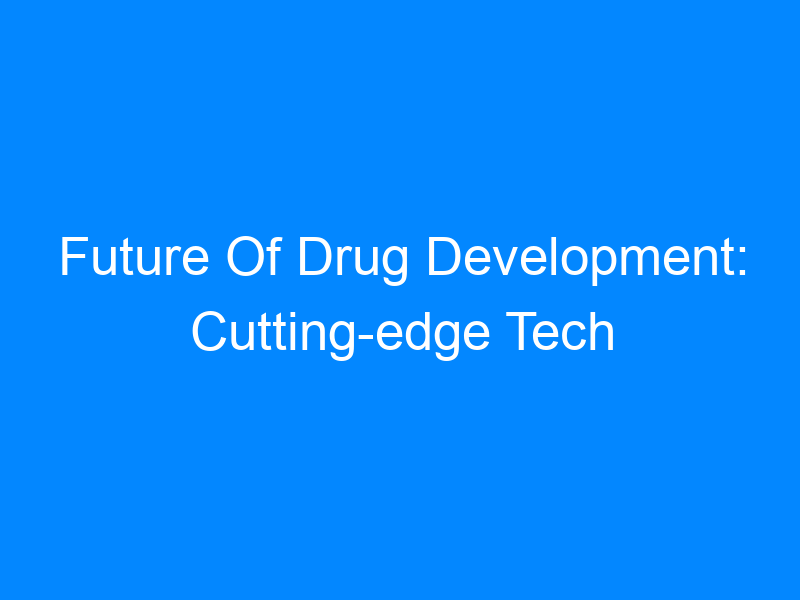A new drug takes on an average of 10-15 years to hit the market. Traditionally, drug products were derived from natural sources. However, over time, the source has shifted to integrated chemistry-based and high-throughput drug synthesis. Today drug developers heavily employ novel technologies such as artificial intelligence, machine learning, and ultra-high-throughput active compound screening for reducing the timelines and costs during early drug discovery.
Although such new technologies are still in their infancy, they remain relatively unchanged. In this coming decade, research suggests we are going to witness massive evolution in such technological innovations. As these technologies keep on evolving, the future of drug development lies in the merger of innovative tech and traditional method development.
High-tech advancements lending a helping hand
Table of Contents
Earlier pipettes, microscopes, and rudimentary immunoassays were the technologies available for researchers. Today, with the emergence of innovative drug discovery models, drug developers have sidelined many of these primitive technologies. Assay development services use ultrasensitive immunoassays and multi-label detectors in bioanalytical assay development. Analytical method development have replaced traditional test tubes and pipettes with microplates and automated fluid handlers.
Novel microscopy techniques such as high-content image analysis and high-content screening are a boon for bioanalytical assay development. Such innovative technologies not only provide valuable high-resolution images of target signals, but they also facilitate a holistic understanding of the underlying mechanisms. Technical obstacles in the multiparametric analysis of observed data are one of the critical limitations reported by some studies. However, artificial intelligence, complemented with supervised machine learning software, has helped overcome these limitations.
Advancements in imaging technologies coupled with advances in cellular models have further benefited bioanalytical assay development and validation methods. Today, drug developers use in vitro data to predict in vivo performances. Enhanced cellular models such as primary cell cultures, immortalized cell lines, and pluripotent stem cells have proven its value in drug development and basic research efforts. In particular, inducible pluripotent stem cells are now used in all stages of drug development.
Most assay development and validation rely on labeled biosensors for characterizing the mechanism of action of a drug molecule. Research has shown that biosensors comprising radiometric and non-radiometric markers interact with the compound of interest. Therefore, the development of label-free platforms has facilitated the generation of reliable study results. The two most common label-free techniques used by assay development services are dynamic mass redistribution and cellular dielectric spectroscopy. Both technologies can detect live morphological changes in real-time.
Last but not the least, gene-editing is undoubtedly the most advanced scientific tool of the generation. It allows the addition, deletion, or modification of genetic material at any given loci. Several gene-editing techniques have been discovered, but CRISPR-Cas9 has proven to be a fast, cheap, and accurate method for gene-editing. From target identification and ADME studies to the generation of novel therapies, drug developers use gene-editing technologies in all phases of drug discovery and development.
A promising future
Bioanalytical assay development scientists are facing inherent challenges with disease complexity and rising drug development cost and timelines. With the advent of novel technologies, the drug discovery model will keep on growing, making way for robust and reliable assay development and validation methods. New technologies will allow researchers to come up with biorelevant disease models and speed up the bioanalytical assay development of both large and small biomolecules.




